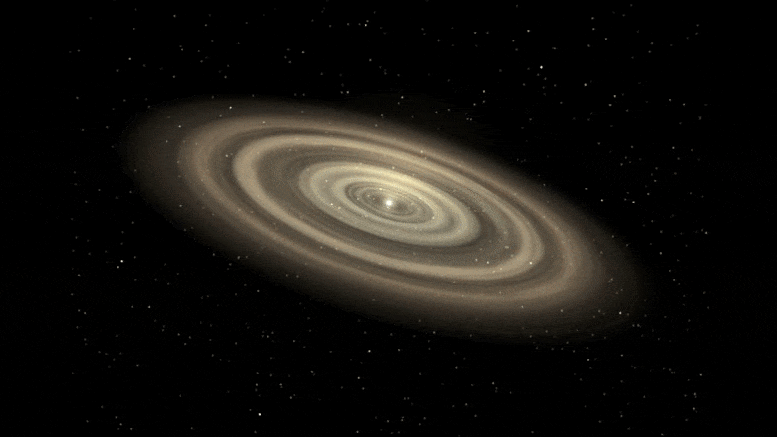Researchers will use NASA’s upcoming James Webb Space Telescope to study Beta Pictoris, an intriguing young planetary system that sports at least two planets, a jumble of smaller, rocky bodies, and a dusty disk. Their goals include gaining a better understanding of the structures and properties of the dust to better interpret what is happening in the system. Since it’s only about 63 light-years away and chock full of dust, it appears bright in infrared light – and that means there is a lot of information for Webb to gather.
Beta Pictoris is the target of several planned Webb observing programs, including one led by Chris Stark of NASA’s Goddard Space Flight Center and two led by Christine Chen of the Space Telescope Science Institute in Baltimore, Maryland. Stark’s program will directly image the system after blocking the light of the star to gather a slew of new details about its dust. Chen’s programs will gather spectra, which spread light out like a rainbow to reveal which elements are present. All three observing programs will add critical details to what’s known about this nearby system.
